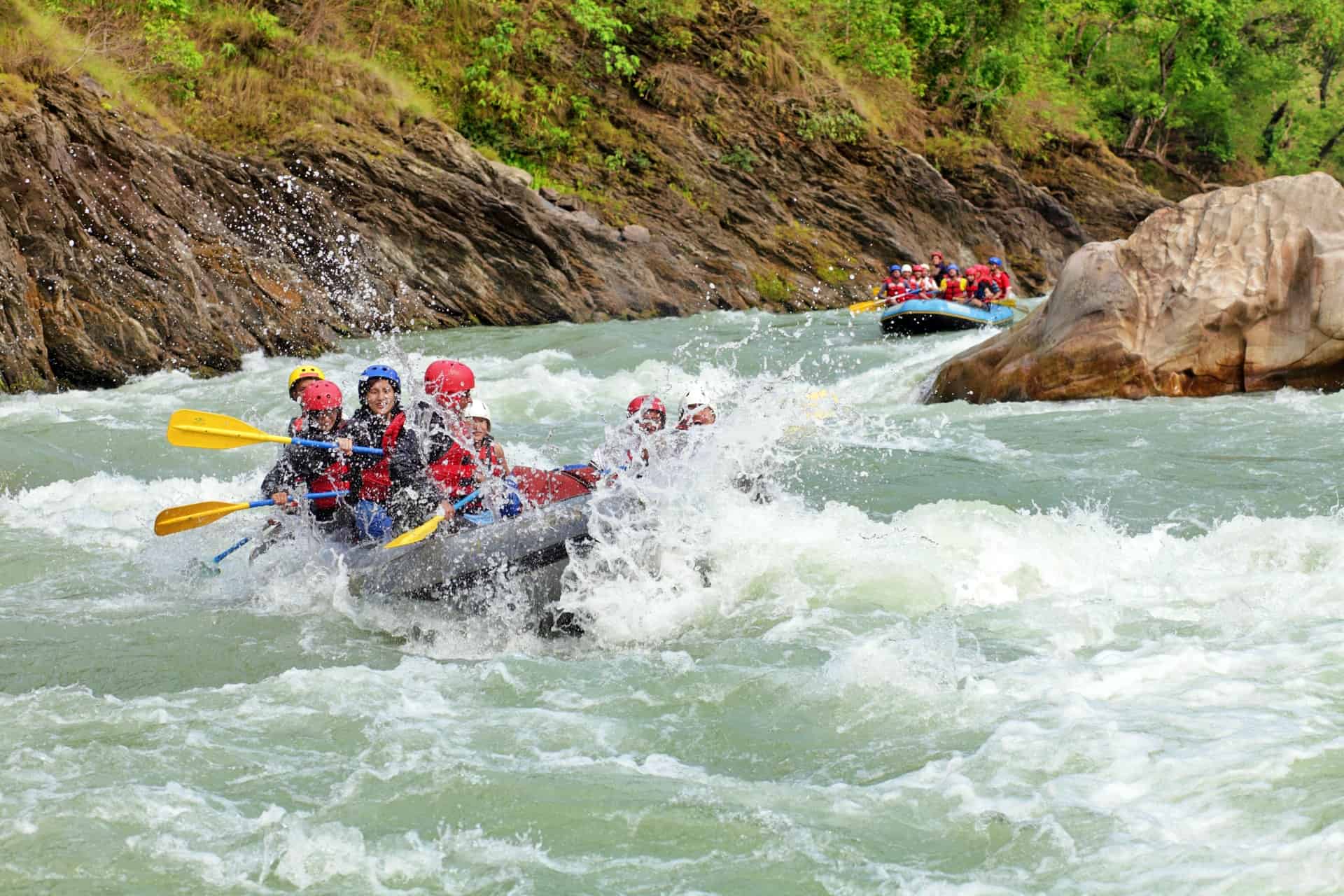
Rafting is steadily gaining in popularity, but before indulging in water fun, it is important to remember the basic issue, which is undoubtedly safety. Here are 6 practical rules to make sure that your rafting trip will go without any surprises.
The participants of rafting are usually tourists and thrill-seekers who do not have much experience in steering a raft. Before starting a rafting trip on a mountain river, it is worth paying special attention to the choice of a suitable organizer. For this purpose, we should focus not only on the equipment offered by a given company, but also on the experience of caregivers – since they will be most responsible for safety. Be sure to contact the organizer to get answers to all your questions. References and certificates that the company has will also prove useful.
Another important rule of safety is active participation in training, which must go through each participant of the rafting. Then we will get acquainted with issues such as equipment and swimming technique, or the most common phenomena during canoeing in a mountain river. Although it may seem trivial to some, this part of rafting must not be neglected – especially if we want to experience a great adventure, and not bitter disappointment. Thanks to the training we will certainly feel more comfortable even during extreme rafting.
Before we start rafting, it is worth taking into account an often neglected issue, namely the difficulty scale to which a given river has been classified. If you do not have any experience in steering a pontoon, at the beginning you should consider rivers marked with I and II degrees, which are characterized by faster current, which makes steering easier. As you become more experienced, you will be able to easily start navigating rivers with a slightly higher degree,
If rafting is to run without serious injury to its participants, it must be equipped with appropriate safety equipment and layers of thermal insulation. Everything will provide, of course, the organizer, but in case of any oversights it is worth knowing what you do not get on board the pontoon without. The basic equipment includes equipment such as a helmet and adjustable safety vest, and a wetsuit. In addition, the rafting supervisor should have a rescue dart, towing patent, kayak knife, and a set of carabiners on hand for constructing connections.
Also key to safe rafting is the ability to maintain the correct position in the kayak. The best choice will usually be a kneeling and sitting position, thanks to which we will gain a stable support. You will learn how to use the paddle during training. As for the swimming formation – the pontoons should be arranged in a line, with a distance depending on the specifics of a given section of the river.
Apart from the safety rules mentioned above, you should also remember a few fundamental issues, which are not as obvious to everyone as they might seem. Only sober people can participate in rafting – so there is no possibility to consume alcohol or psychoactive substances during the trip. In addition, all kinds of waste are placed in the appropriate containers – mother nature will thank us for it.
main photo: unsplash.com/Chandan Chaurasia